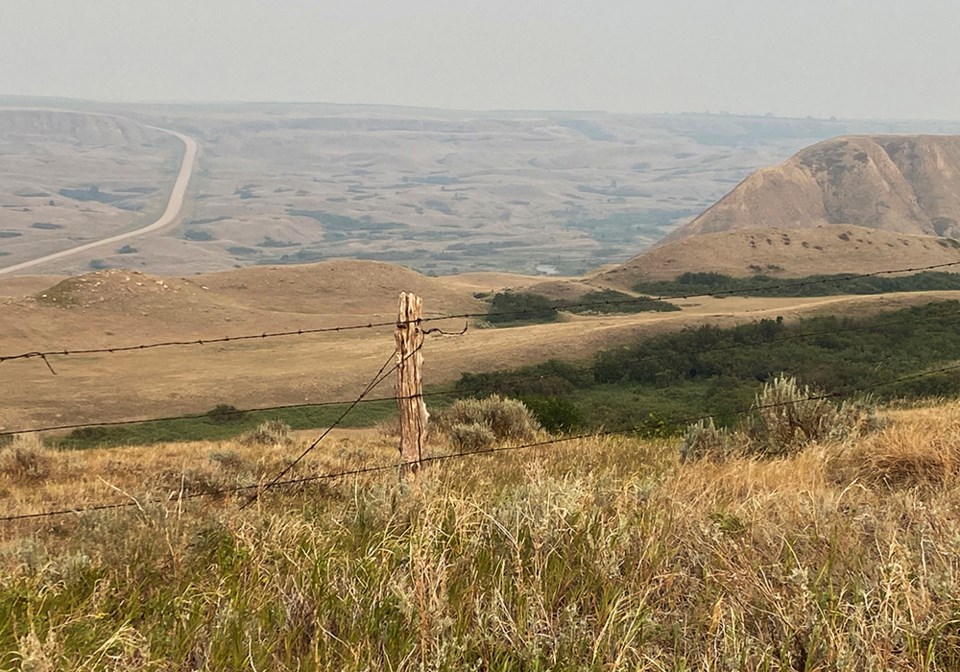Dry weather has parched the hopes of farmers in southwest Saskatchewan, with a growing list of municipalities issuing disaster declarations to draw attention to the issue.
According to the Saskatchewan Ministry of Agriculture, 13 municipalities have declared a local state of emergency or agricultural disaster as of July 14.
Seven years of low rainfall have led to ministry staff rating 79 per cent of cropland topsoil moisture short or very short this past week, with the lowest levels in the southwest and west-central regions. For hay and pasture land, 83 per cent is short to very short, according to provincial estimates – a drop of 20 percentage points in just 10 days.
This past week, the Rural Municipality of Dundurn declared an agricultural disaster to draw attention to the severe conditions producers and the broader community are facing.
“The RM is calling on the various levels of government to provide disaster relief to farmers and ranchers,” a statement from the municipality said.
Other municipalities are expected to follow suit as this year’s drought deepens and approaches historic proportions. Some producers are describing it as the worst in a generation.
“Dry conditions are impacting parts of the province and many producers are hoping for rain immediately,” Saskatchewan’s agriculture ministry said in its regular crop report.
Yet very little is falling. The week of July 4 saw 14 mm fall in Dinsmore, southwest of Saskatoon, the most seen at any location in the province.
While crops were generally in good to fair condition as of mid July, damage was increasing from the hot, dry weather and grasshoppers.
A variety of federal and provincial programs are available to assist producers but many rural municipalities are hoping for more.
The province says it’s closely monitoring the situation. In mid July, it announced “extraordinary measures” that will allow additional acres of low yielding cereal and pulse crops to be diverted to feed for livestock producers whose range isn’t producing the forage needed to feed their animals.
Reductions on grazing leases are also possible, and the federal government’s Livestock Tax Deferral provision will likely be triggered for many areas across the West for 2023 as a result of the ongoing drought.
Provincial production insurance programs paid out $1.44 billion to crop and livestock producers last year, the province reported. This year’s crop insurance program is offering record-high coverage of $46 per acre.
Saskatchewan farms reported $16.8 billion in operating revenues in the 2021 Census of Agriculture. Of this, southwest and west-central regions accounted for more than $6.1 billion, or 37 per cent.



